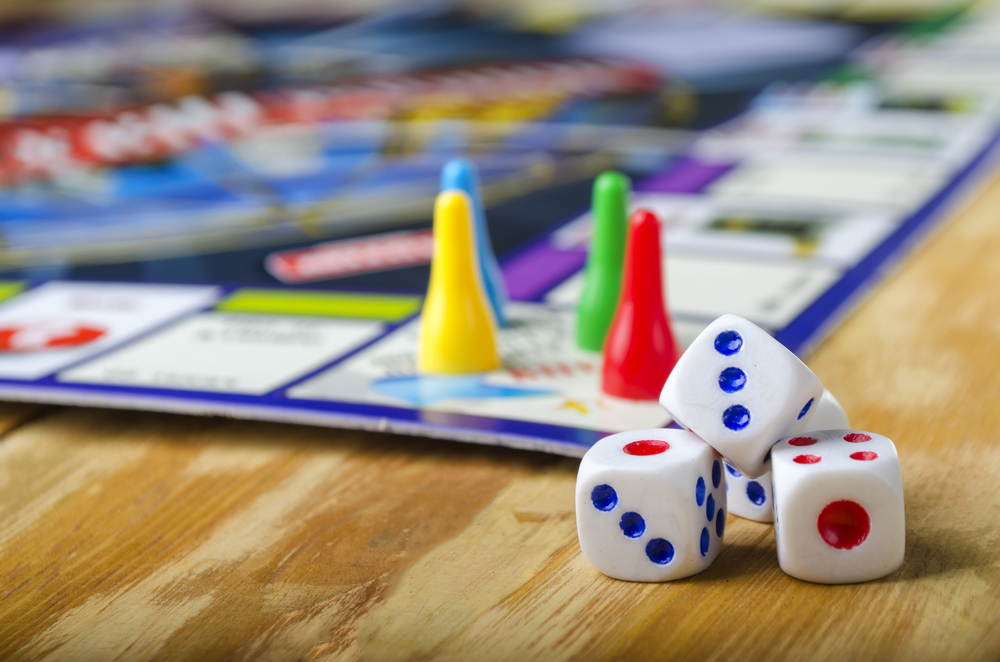7 Tips to Master Character Development
We’re sure you’ve heard the expression which came first, the chicken or the egg? When it comes to writing, the chicken is the character and the egg is the plot. And, though novice writers may treat it like a riddle, there is a clear answer: it’s the chicken. In the best novels, character development is what always drives the plot of the story. A character’s innermost wants, desires, strengths, faults, and struggles are what propel the plot of your book forward. For writers looking to flex their character writing muscles, here are some exercises to help:

1) When handling character development through a scene, there is always what’s on the surface and then what’s beneath the surface. Write a scene about a couple fighting while playing a board game. They’re fighting about the game itself, but what are they really upset about? Use the game itself as a tool to show what’s really upsetting them (ex. They’re upset about money, have them play Monopoly or if they are upset about politics, have them play chess).
2) Another important aspect of character development is being able to show character through action alone. Describe a character walking across an expanse field or lot and describe how they walk and their mannerisms. The reader should perfectly understand your character’s personality simply by the way you describe the walk and actions between one side of the lot and the other.
3) Your characters must go through highs and lows over the course of your book- especially when it comes to what they want most in the story. As an exercise in writing this, describe an hour in the life of a character who has recently lost their ability to do what they love most (a pianist who has severe arthritis; a runner who became a quadriplegic).
4) Your characters will have different reactions to different people throughout your story. This will be based on varying factors such as their personalities and familiarity with a particular character. Write a scene where a stranger stops your main character, saying they know them, and insisting your main character is someone they are not. Describe exactly how this case of mistaken identity makes your character feel. Does this upset your character? Does this make your character insecure or paranoid? Does meeting someone new make them happy?

5) Each character in a story must have their own distinct personality. This means each one will handle situations differently- from a crisis to a mild problem. To practice differentiating between character reactions, write a scene where a risk-averse character is stuck in a hostage situation with a risk-happy character.
6) Showing character through action can get fairly repetitive for most writers. How many different ways can someone shrug or sigh? For the next week, watch strangers carefully and take notes in your phone about any peculiar gestures or body language. Combine the three most interesting ones to describe a character as he/she goes grocery shopping. And keep the rest for later use, you never know when you’ll need them!
7) One of the most important parts of character writing is choice. Your characters must be faced with choices throughout your book so your reader can learn about who they are through their decisions. Write about a character faced with a critical decision. This character, then, witnesses a big event (it could be awe-inspiring or disheartening). Describe and show how witnessing the event helps the character make their decision.

